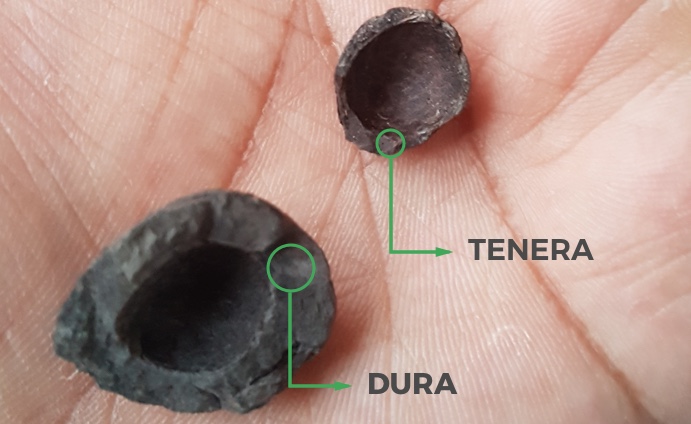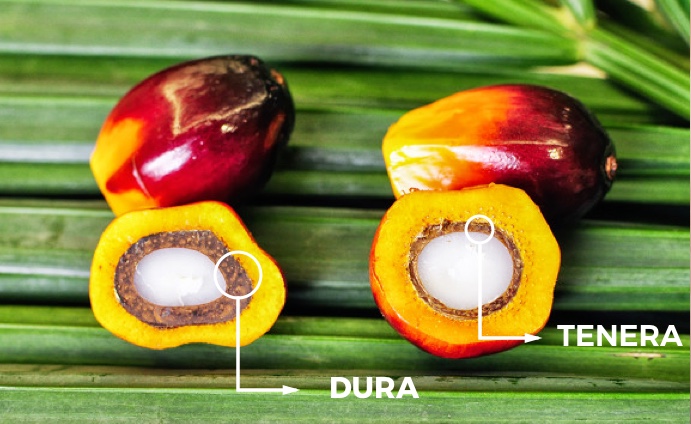Palm oil is one of the fruit varieties which is often used as a base for making oil. The palm oil industry product itself is always carried out in large quantities, so the impact will always leave production waste such as shell or palm kernel shell itself. But do you know, that actually Palm oil fruit also has various types. Some of which are palm oil types Dura and Tenera.
What are the characteristics of the two types of palm oil fruit? What distinguishes palm shells from these two types of palm oil
<h2>Here are the differences in Dura and Tenera Palm Palm kernel Shells</h2>
Palm Oil has certain striking identities and characteristics as distinguishing between one another. One of them is located in the form, color and certain characteristics that stand out in the shell. The same applies to the shells of the palm oil types Dura and Tenera. As for the difference between the two varieties, it will be explained as follows:

Dura palm kernel shell
Basically, the type of Dura palm oil has the characteristics of a thick shell. Where the size of the thickness is approximately 2-8 mm. The outermost layer of the shell does not have any fibers covering it at all. The thickness of a fairly large seed meat is not directly proportional to the dominant fruit flesh on the contrary where it seems thinner.
Its thick shell has a higher calorific value which makes this palm shell have a better quality for use as boiler fuel.
Tenera palm kernel shell
While the type of palm oil Tenera itself is the result of a cross between the Dura and Psifera species. Therefore, there is no doubt that Tenera’s oil palm fruit is relatively better. However, the palm kernel shell has a thickness of approximately 0.5-4 mm and has a thick fiber covering it. In addition, this type also has thick fruit flesh, so it can produce large amounts of oil.
For the palm kernel shell itself can also still be used as boiler fuel which is exported to Japan, Korea, Thailand and others countries.

